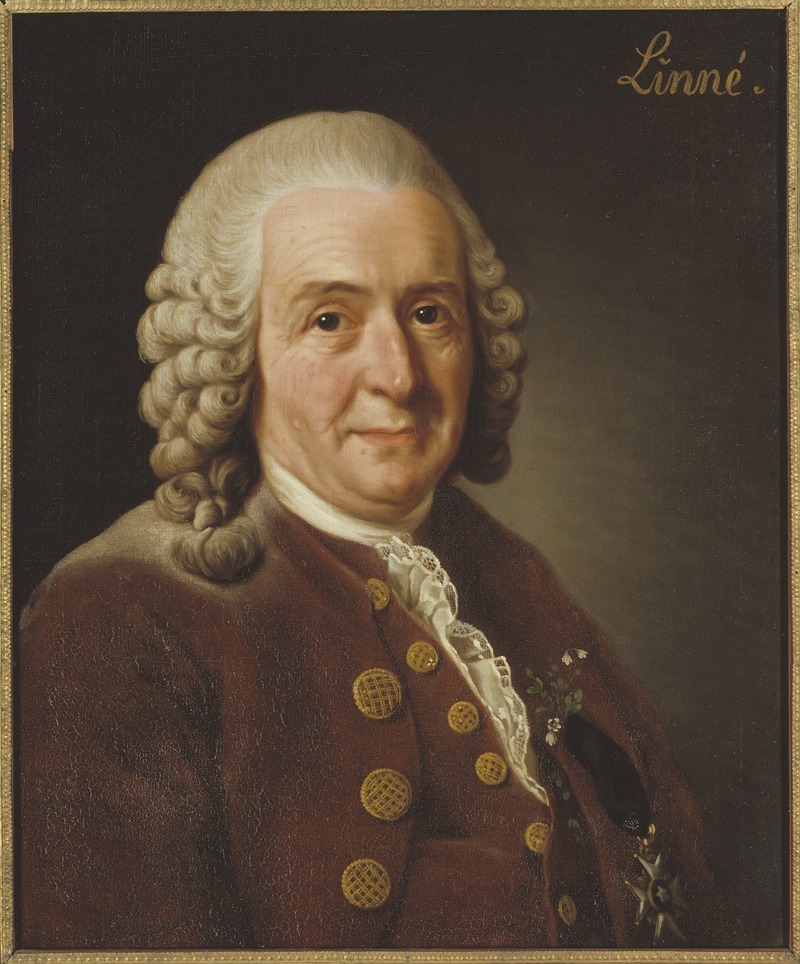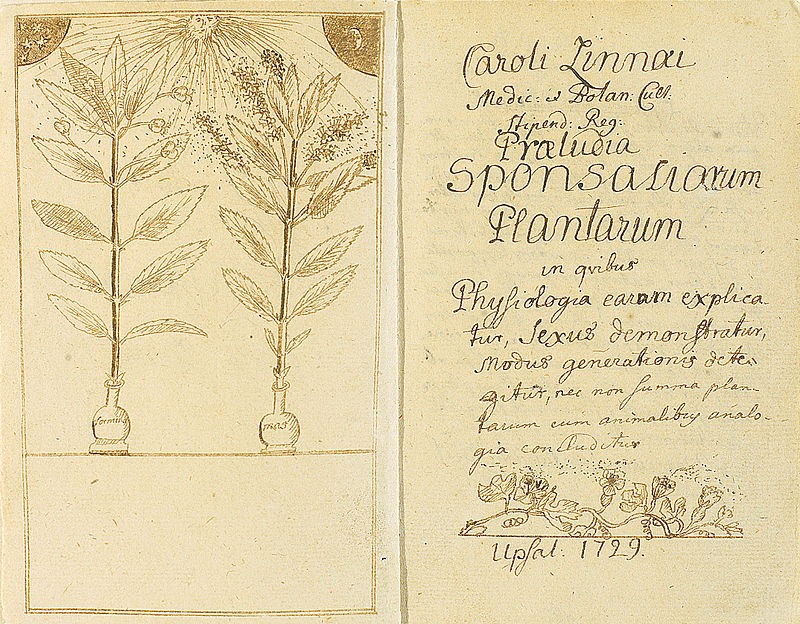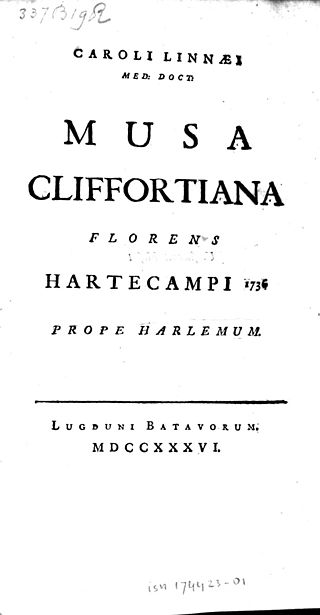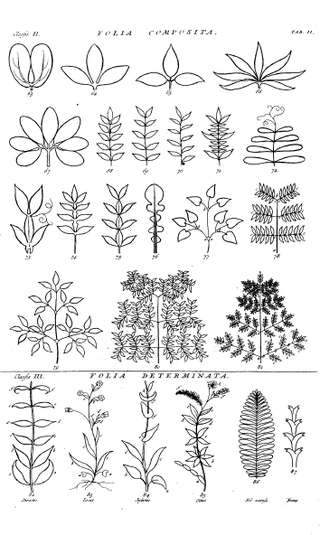Carl Linnaeus was a Swedish zoologist, botanist, physician, and taxonomist. He is known for several important contributions amongst which the formalization of binomial nomenclature is the most famous along with modern taxonomy. Infact, he is also known as the “father of modern taxonomy”. Linnaeus spent most of his life traveling and exploring Sweden to classify different plants and animals.
At the same time, he received his education from abroad and released several publications. Having possessed a strong influencing ability, Linnaeus was able to enforce his concepts successfully without much complications. This is why we ought to take a detailed look at Carl Linnaeus’s life and try to understand where it all started. Let’s begin.
Early Life and Travels
Linnaeus was born to a curate and was brought up in a poor southern part of Sweden called Smaland. His interest in botany was channeled by a teacher at Vaxjo gymnasium who acquainted him with a plant system created by a French botanist and physician Joseph Pitton de Tournefort.
In 1727, Linnaeus began his studies in medicine at Lund University but transferred in 1728 to Uppsala University. At the time, Linnaeus was not able to afford every lecture, therefore, he could attend a few of them. However, university professor Olof Celsius provided him access to his library.
As a result, from 1730 to 1732, Linnaeus was able to teach botany in the University garden of Uppsala. This was the time when Linnaeus laid the foundation of his future work that would be released or published in the form of manuscripts. In 1732, Linnaeus was sent by the university on an expedition to Lapland. Upon returning from the expedition, he began giving private lectures on botany and mineral assaying. That Christmas, Linnaeus planned on giving his friend Claes Sohlberg a visit to Falun, which was the capital of the copper mining region of Dalarna.
There, he met the governor who helped finance his second trip to the region in 1734. At the time, it was compulsory for the students to complete their doctoral degrees abroad to open and initiate medical practices in their homeland.
Sohlberg’s father was impressed by Linnaeus’s botanical and mineralogical abilities. As a result, he was offered a small stipend allowing him to manage his education expenses in the Netherlands. In return, Linnaeus agreed to take Sohlberg on a trip and serve as his academic mentor. Before they could depart for the journey, Linnaeus got married in 1735 to Sara Elisabeth who was the daughter of Johan Moreaus and a successful physician in Falun.
The “Sexual System” of Classification
Linnaeus arrived in Harderwijk in 1735. A few days later, he submitted his thesis on the topic of intermittent fevers prepared in advance and received his medical degree. Then, Linnaeus and Sohlberg traveled to and explored Leiden with Linnaeus looking for ways to get his manuscripts published. It would not take long for his manuscripts to be successful especially his Systema Naturae. It was published upon receiving financial support from a senator of Leiden Jan Fredrick Gronovius and Isaac Newton a Scottish physician.
This volume featured only 11 pages featuring taxonomy or hierarchical classification of plants, stones, and animals. Additionally, each kingdom was further classified into two classes, genera, species, ranks, and varieties. This method of classification replaced the traditional biological classification based on mutually exclusive dichotomies. Linnaeus’s model of classification has expanded over time with the increase in the number of species.
Even though Linnaeus had worked in many areas of botany and science but it was Systema Naturae that made him famous. After reading the essays by Vaillant and Rudolph Jacob Camerarius, a German botanist on sexual reproduction in plants, Linnaeus was convinced that plants reproduce sexually. As a result, he introduced the idea that each plant must possess male and female sexual organs.
To help differentiate and classify plants on such basis, he devised a simple system of classification.
When it came to male plants, the number and position of stamens determined the order. Whereas, in the case of female plants, the position and number of pistils determined the order.
Classification by “Natural Characters” of Carolus Linnaeus
Although Linnaeus was credited for his classification techniques and model, he was of the view that this was not his main contribution. Instead, he stated that the reformation of botany was his main contribution, which defined and highlighted the rules and principles related to the classification and naming of the plants.
In 1735, Linnaeus met Boerhaave, who further introduced him to George Clifford. Clifford was a local banker and English merchant possessing close relations with the Dutch East India Company. He was so impressed by Linnaeu’s knowledge that he offered him a position as curator for his botanical garden.
Linnaeus accepted the position and used the opportunity to work and expand his Fundamenta Botanica publications. Separate publications were released including, Bibliotheca Botanica, Critica Botanica, and Classes Plantarum. According to Linnaeus himself, Genera Plantarum was his biggest taxonomic achievement.
Compared to previous methods, models, or versions of classification, Linnaeus’s system was based on the natural characters of genera. These characters could be inspected by the naked eye such as the color, petals and shapes or size, etc. Perhaps a chief feature of his system was that it could include and accommodate the growing number of species.
Binomial Nomenclature
In 1738, Linnaeus returned to Sweden and began his medical practice in Stockholm. One year later, Linnaeus married Sara Elisabeth. Although he practiced medicine until the early 1740s but he soon returned to his botanical studies. Therefore, when an opportunity popped up at Uppsala University, he grabbed it and received the chair in botany and medicine in 1742.
Linnaeus would continue with his career based on the foundations he laid down in the Netherlands. Thanks to his travel expeditions, he was able to develop international relations and contacts who provided him with seeds and specimens from across the globe. He used the acquisitions by incorporating them in his botanical garden at Uppsala, enabling him to develop and refine his major taxonomical works.
Linnaeus’s most lasting achievement was a system that formally classified and named organisms based on their species and genus. The system was called binomial nomenclature. The species were labeled in a way that would allow them to be universally addressed.
The real use of Linnaeus’s binomial nomenclature came in when students in the form of a small project were asked to identify plants consumed by different types of cattle. During his lifetime, Linnaeus became a sort of institution as naturalists looked upto him to determine whether the specimens discovered or classified by them were indeed new species.
The rules of nomenclature highlighted by Linnaeus in Philosophia Botanica were based on the law of priority. According to the rule, the first published names of genus or species take precedence over other proposed names. These rules were implemented and followed firmly in the field of natural history and also served as the backbone of international codes of nomenclature.
Other Contributions
Apart from his contributions in botany and scientific classification, Linnaeus directed most of his efforts towards the betterment of his country. He worked to pass the knowledge and information onto the next generation. Linnaeus organized public botanical excursions in Uppsala and undertook research travels within Sweden to look for domestic products that could be substituted for expensive imports.
In addition to that, Linnaeus also sent students on research expeditions around the globe to collect exotic plants. The most famous of these students often termed “Linnean apostles” included Pehr Kalm, who thoroughly explored North America between 1748 and 1751.
As Linnaeus progressed towards the end of his life, he worked on several other disciplines. His theological writings such as Oeconomia Naturae and Politiae Naturae served Charles Darwin in many ways. He also contributed to the fields of mineralogy, geology, and entomology.
Final Word
Carl Linnaeus passed away in 1778 and his wife Sara Elisabeth sold all the collections and manuscripts to the founder of the Linnean Society of London. He left such a legacy that whenever a new plant species are discovered today, Carl Linnaeus is the first name that comes to mind. Explorers and botanists refer to his publications and classification systems to validate their findings. This means, in other words, that Carl Linnaeus might be gone but never forgotten.




